
"Actually, there is no fixed theme for the annual Shosoin Treasure Exhibition. The benchmark for selecting the treasures to be exhibited every year is to ensure that the treasures exhibited in that year can show the whole picture of the Shosoin treasures to some extent. , daily necessities, ancient documents, etc., select treasures for exhibition." The curator of the Zhengcangyuan Treasure Exhibition said in a special dialogue with The Paper.
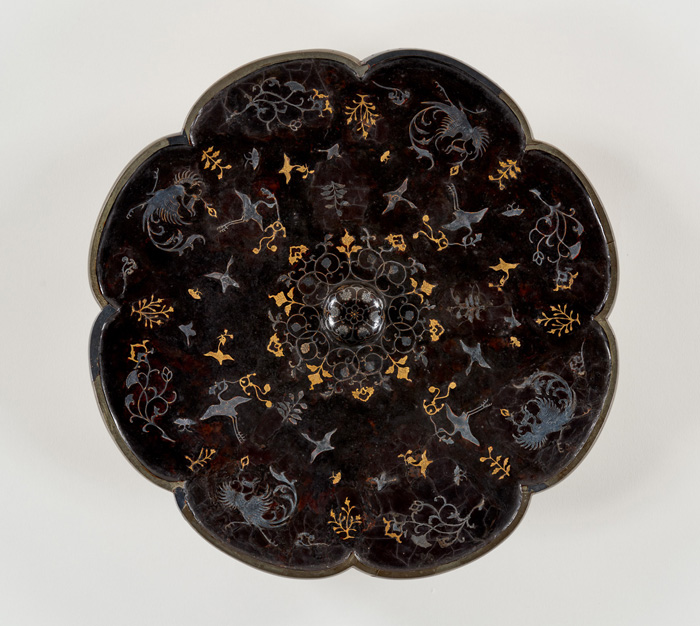
Beicang 42 Lacquer Back Gold and Silver Flat Octagonal Mirror
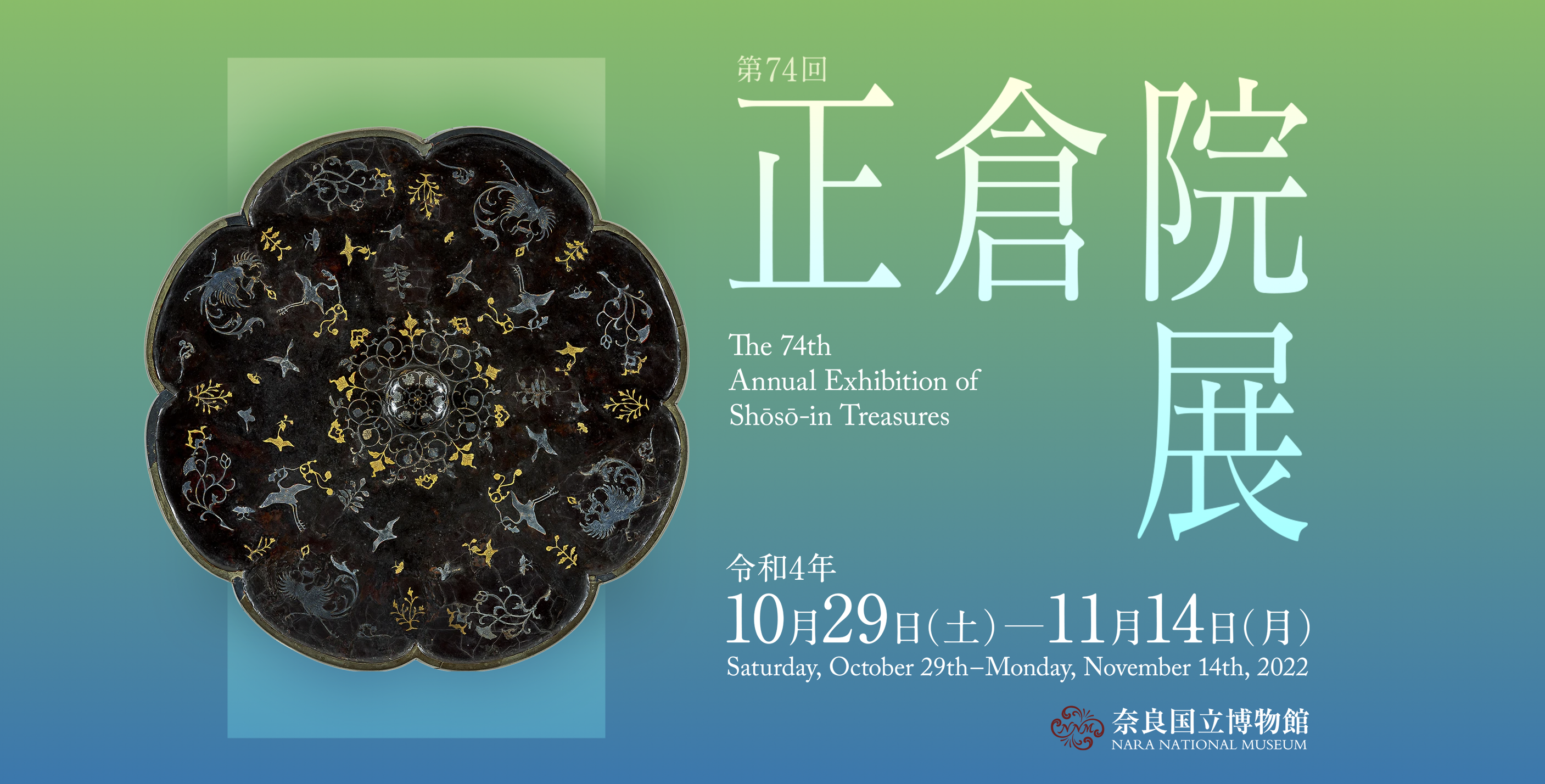
Poster on the official website of the Nara National Museum
There are more than 9,000 treasures in Zhengcangyuan, most of which are cultural relics passed down to Japan during the Tang Dynasty in China. For hundreds of years, except for a few high-ranking officials and nobles, the treasures of Zhengcangyuan have been kept secret. Until 1946, the annual autumn treasure exhibition was opened, and a few cultural relics were selected and displayed in rotation every year.In the spring of 1933, Mr. Fu Yunzi was hired by the Kyoto Institute of Oriental Culture College to travel east to Japan, and at the same time he was a professor at Kyoto University, teaching Chinese. During this period, I went to Nara to visit the Shoso-in Temple several times, and personally checked and annotated the objects one by one, and wrote them into a volume of "Archeological Records of Shoso-in Temple", explaining the origin and nature of most treasures according to domestic literature.
"I feel that if Gou can be in Zhengcangyuan to see all the things hidden, it is as if he was in the prosperous Tang Dynasty." This is what Mr. Fu Yunzi wrote in his book.
The treasures of Zhengcangyuan are "a huge picture scroll of ancient oriental civilization"

Zhengcangyuan Zhengcang
Shoso-in is located in the northwest of the Buddhist hall of Todaiji Temple in Nara, the ancient capital of Japan. It is a special treasure house owned by the Japanese royal family. The main building in the territory is only a simple and unadorned wooden "school warehouse". The whole warehouse is divided into three parts: the north, the middle and the south, namely the three warehouses. The two warehouses in the north and the south are all stacked with triangular wood, and the bottom is supported by a giant column, which is deep from the ground and can be accessed.Shoso-in, which was recognized as a World Cultural Heritage by UNESCO in 1998, was originally the Treasure Hall of Todaiji Temple in Nara City, Japan. In 756 AD, Emperor Shomu of Japan died. On the anniversary of his death on July 749, he died. Empress Dowager Guangming prayed for Emperor Shengwu's blessings, and presented his beloved things to Todai Temple in batches and collected them in Zhengcangyuan. By the Meiji era, the entire Shoso-in, together with its treasures, was placed under the exclusive control of the royal family, separated from Todaiji Temple, and managed directly by the Imperial Palace. It is now known as Shoso-in at home and abroad.
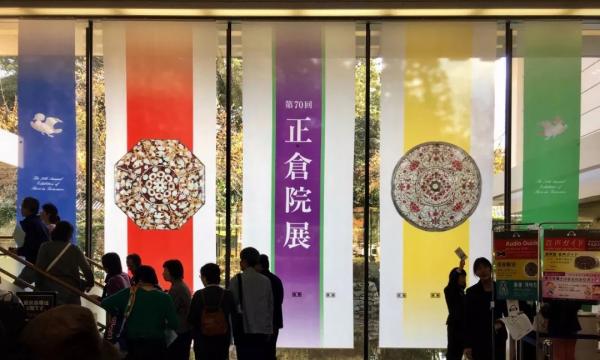 There are more than 9,000 treasures in the collection of Shoso-in. The main body is based on the relics of Emperor Shomu. The types of treasures include Buddhist artworks and handicrafts of various materials and important Buddhist documents and manuscripts. Most of the treasures date back to the 8th century AD. It is reported that there are three main sources of treasures in Shosoin: one is the exquisite Chinese cultural relics introduced to Japan in the Tang Dynasty; the other is the cultural relics from the Western Regions introduced to Japan through China; the third is the things that Japan imitated or created in the Nara period.
There are more than 9,000 treasures in the collection of Shoso-in. The main body is based on the relics of Emperor Shomu. The types of treasures include Buddhist artworks and handicrafts of various materials and important Buddhist documents and manuscripts. Most of the treasures date back to the 8th century AD. It is reported that there are three main sources of treasures in Shosoin: one is the exquisite Chinese cultural relics introduced to Japan in the Tang Dynasty; the other is the cultural relics from the Western Regions introduced to Japan through China; the third is the things that Japan imitated or created in the Nara period.At first, it was difficult for ordinary people to see the treasures in Zhengcang courtyard. According to records, in the more than 1,000 years from the completion of Shoso-in to the Meiji period, only 12 inventories and exposures were carried out. It was not until 1946 that there was a brief exhibition during the annual autumn exposure period.
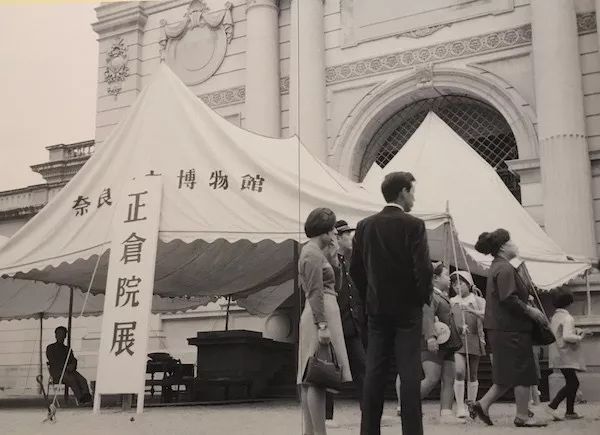
In 1946, the first Zhengcangyuan exhibition
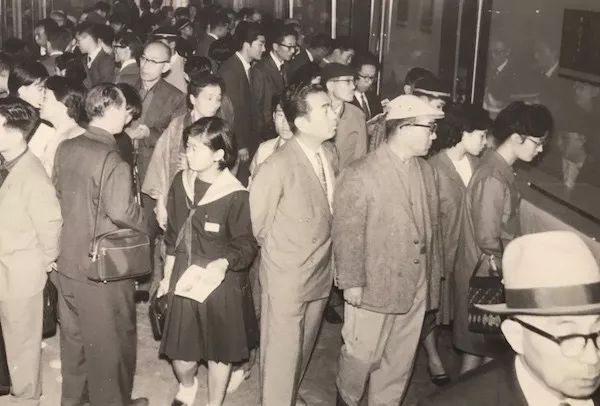
In 1946, the first Zhengcangyuan exhibition
It is reported that every year from October to November, during the driest and coolest two weeks, Shoso-in will expose its collections, and select dozens of treasures from more than 9,000 treasures. The Nara National Museum will host the "Shoso-in Exhibition". Every year at this time, a solemn and grand "Kaifeng Ritual" is held to carefully count these rare treasures and dry them for maintenance - a tradition that continues to this day.Regarding the treasures of Zhengcangyuan, the scholar Yang Zhishui once said: "Using the metaphor of others, that is, the treasures of Zhengcangyuan are 'a huge picture scroll of ancient oriental civilization', 'reproducing the glory of more than a thousand years ago', then you might think that , the culture of the Tang Dynasty is a long scroll, and the treasures of Zhengcangyuan are a gorgeous section in the long scroll. In fact, what I want to say here is that this particularly wonderful part should not be viewed alone, but should be placed in the Tang Dynasty that we can understand. Only in the background of modern material culture can it play its narrative function and demonstrate its significance. Japanese people study the Tang Dynasty cultural relics in Zhengcangyuan, and they are always inseparable from the hometown of the artifacts. Materials—even the latest materials—are brought into the field of vision, not only in professional research, but also in the introductory exhibition catalogue. As a visitor from my hometown, we should become acquaintances of it, so as to live up to this thousand-year-old tradition. Precious relic."

Beicang 44 Parrot﨟Valley Screen・Elephant Wood﨟Valley Screen
See all kinds of ancient documents from exquisite handicraftsThis year's Shosoin Exhibition is the 74th time for a period of 17 days. Among the 59 treasures (groups) exhibited this time, 8 are exhibited for the first time. The key treasures include lacquer-backed gold and silver flat-off octagonal mirror, gold and silver flat-off leather case, parrot﨟valian screen, elephant wood﨟valian screen, silver pot, bird and animal flower-backed round mirror, giraffe face wrestler, etc. As usual, it includes exquisite handicrafts, and Various ancient documents reflecting the state of the Nara period can still be seen in the rich variety of Shoso-in treasures.
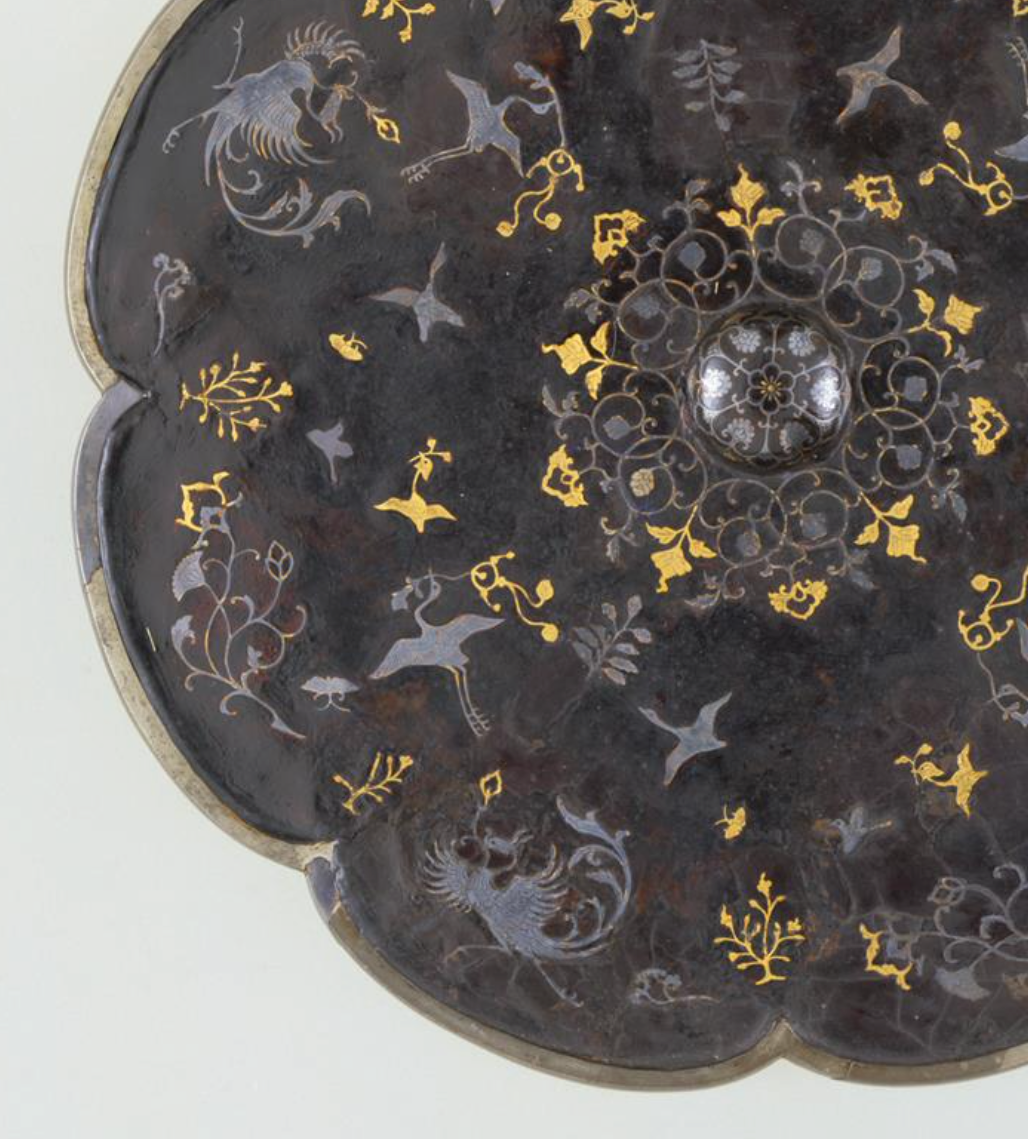
Lacquer-backed gold and silver flat-off octagonal mirror (partial)
Among them, there are two treasures that use gold and silver flat-off technology to create delicate and gorgeous patterns - lacquer-backed gold and silver flat-off octagonal mirror, gold and silver flat-off leather case. This kind of craft was all the rage in the Tang Dynasty, but it was banned because it was too luxurious and the production cost was too high, until it was lost.
Zhongcang 138 Gold and Silver Flat Case
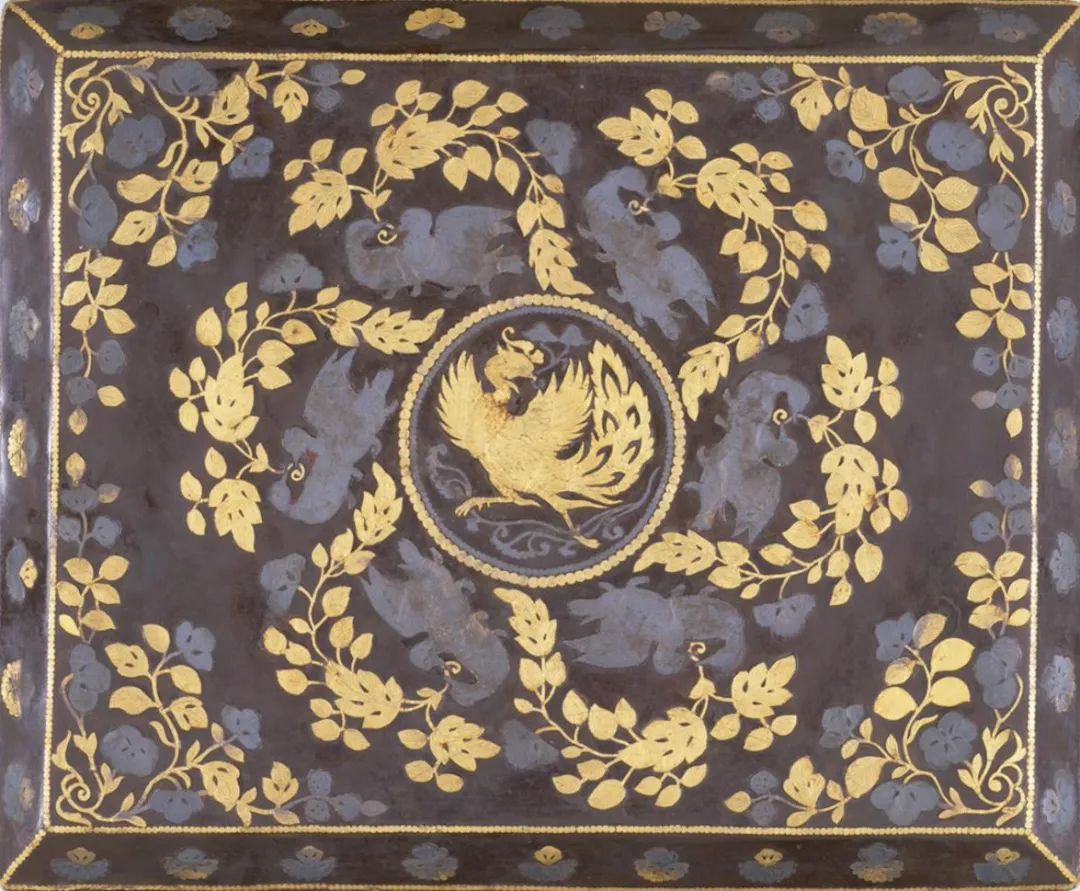
Gold and silver flat leather case

Gold and silver flat leather case (partial)
Also not to be missed is a large silver jug related to Emperor Shomu and the daughter of Empress Guangming, Emperor Toku. (The 46th and 48th emperors of Japan are also a female emperor. When they first ascended the throne, they were called Emperor Xiaochen, and when they came to the throne for the second time, they were renamed Emperor Toku.)This silver pot is believed to be an offering from Emperor Todai to the Great Buddha of Todaiji on February 4, 767. It is rare not only because of its size, but also because of the finely portrayed scenes of people hunting and riding horses on the surface. This type of silver pot style is deeply influenced by Central Asia, which shows the profound influence of the Silk Road.
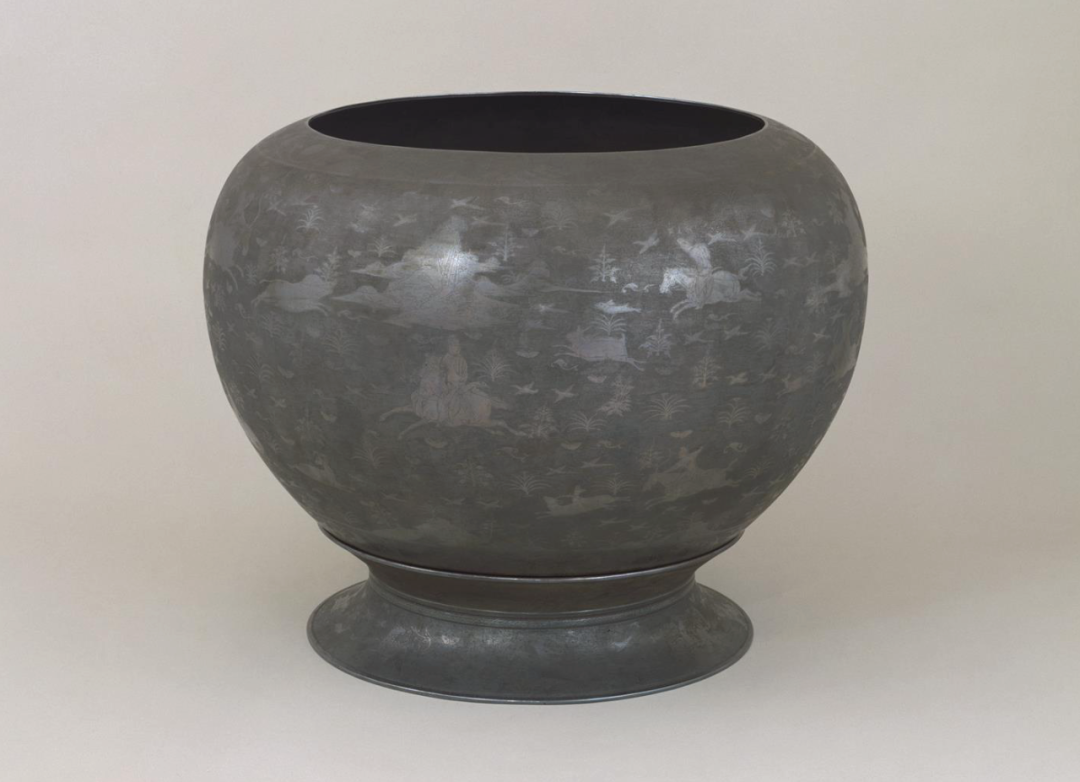
Nancang 13 silver pot
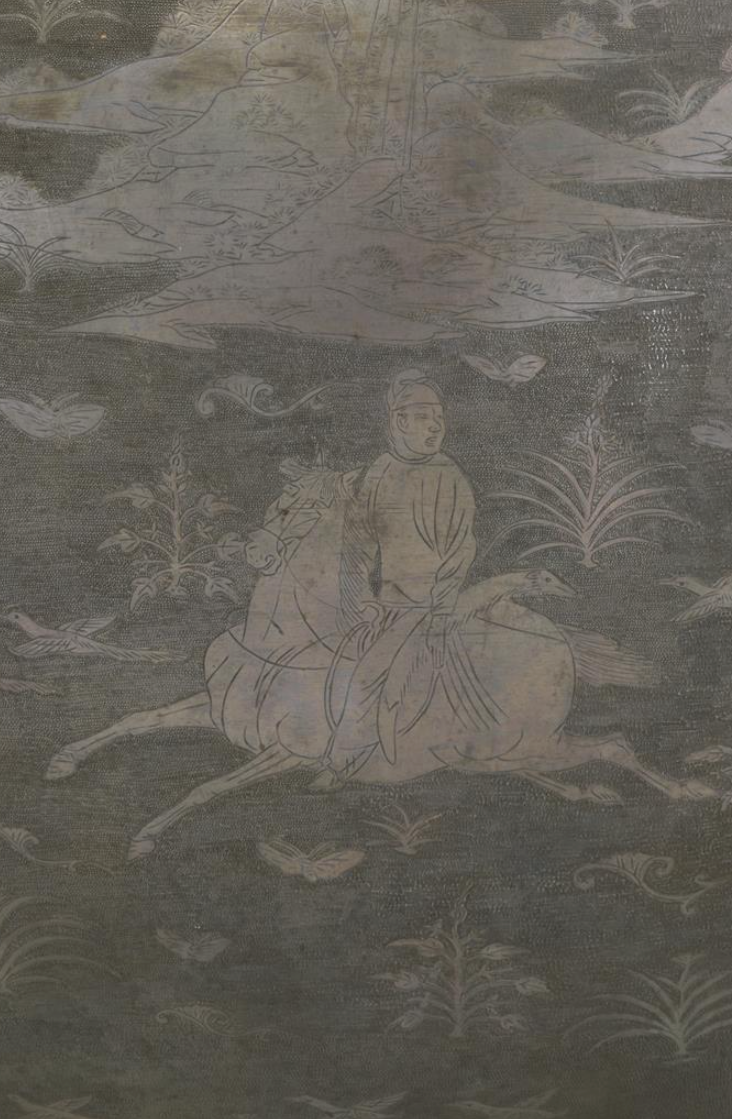
silver pot part

silver pot part
This exhibition will also display the famous agarwood that is as famous as the "No. 1 incense in the world" Lan Sheshi - Quan Asaka. This kind of incense wood was called "Two Royal Fragrance" together with "Orchid Sheshi" in the Muromachi period. ", famous all over the world.
all light incense
This piece of fragrant wood is 106.5 cm long, weighs 16,650 grams, does not sink in water, and is equipped with a tooth plaque with an inscription: "Tianping Shengbao Five Years Guisi March 29th, King Ren will present the Lushana Buddha to the first village of incense. During the Nara period, in order to pray for the prosperity of the country and the people, the Great Dharma Ceremony was often held to recite the Niwang Prajna Sutra. That is to say, after burning incense for the Buddha's use at the ceremony, this precious piece of agarwood was donated to Todaiji Temple for offering to Lusana. Buddha.
Whole light incense tooth plate inscription

Whole light incense tooth plate inscription
Another major feature of this year's exhibition is the display of a large number of costume treasures related to the Nara period. For example, fish-shaped and bird-shaped waist ornaments made of rhino horn are generally considered to be used by high-class nobles to hang on belts or sew on clothes; Black persimmons sheathed gold and silver knives are also quite eye-catching.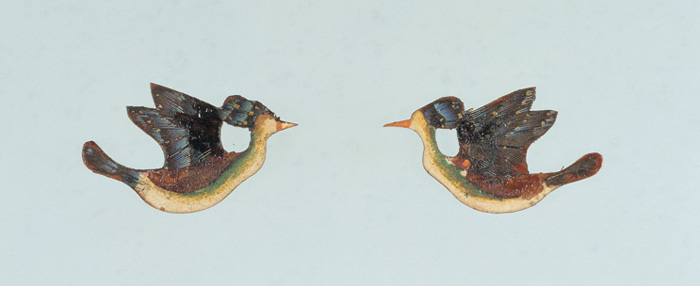
Painted Waterfowl Waistband
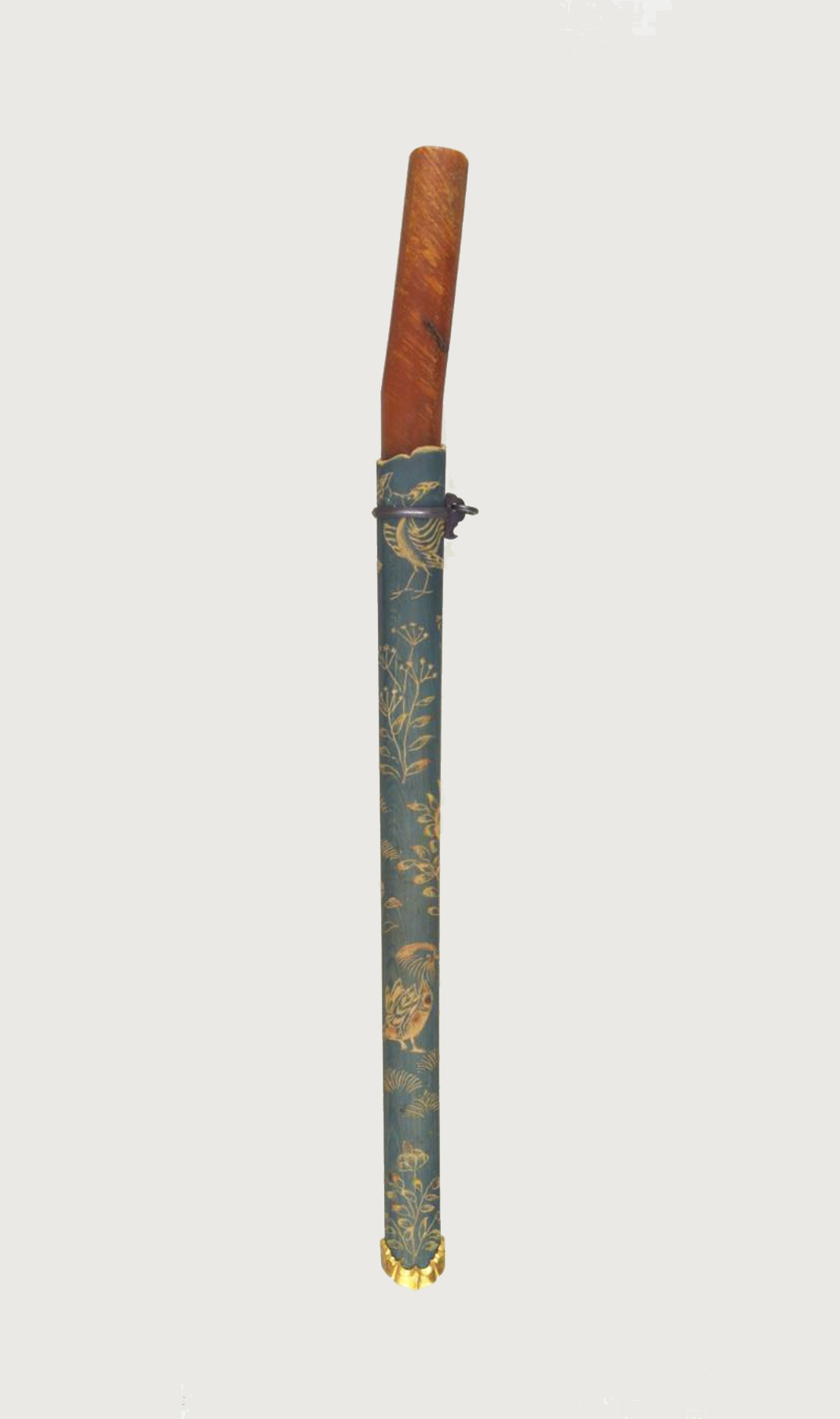
Zhongcang 131 Spotted Rhinoceros Knife with Green Teeth Pulled and Sheathed Gold and Silver

Nakakura 177 Pink Floor Colored Table with White Oak Mattress
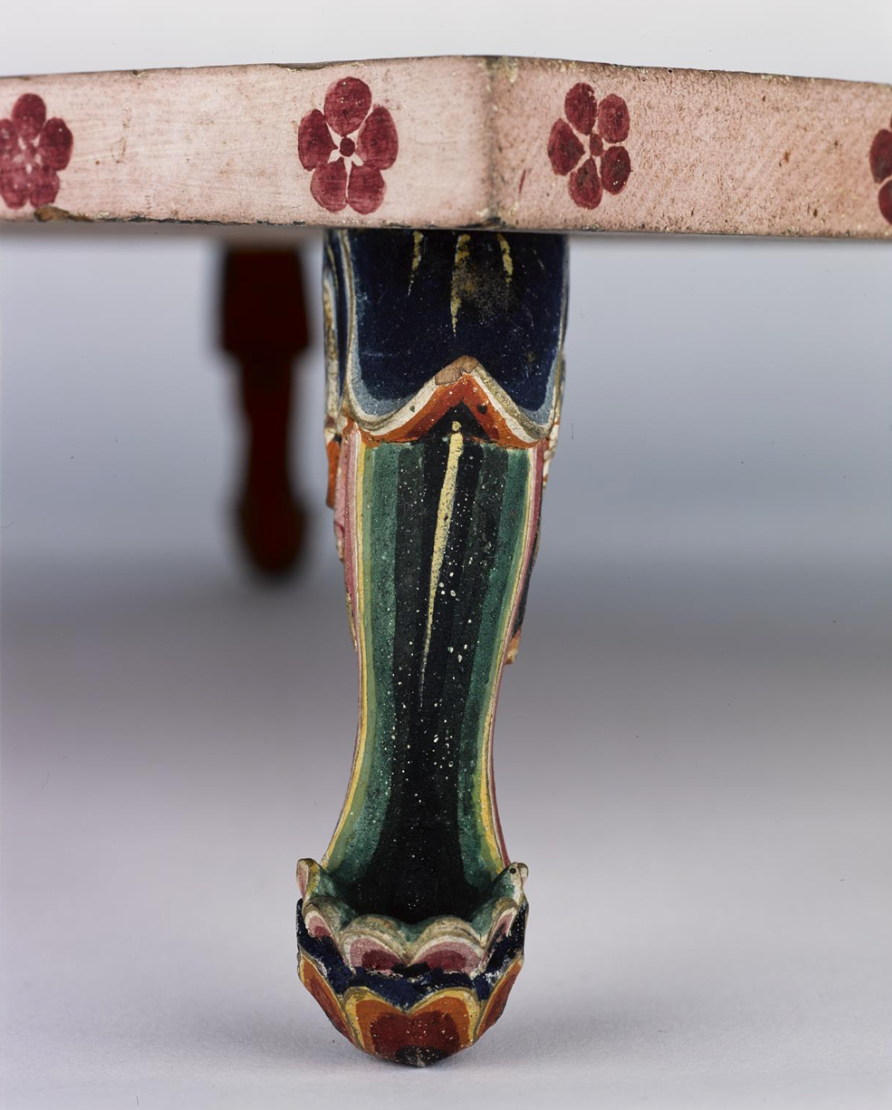
Nakakura 177 Pink Floor Colored Table with White Oak Silk Mattress (Part)

Zhongcang 145 red sandalwood painting box
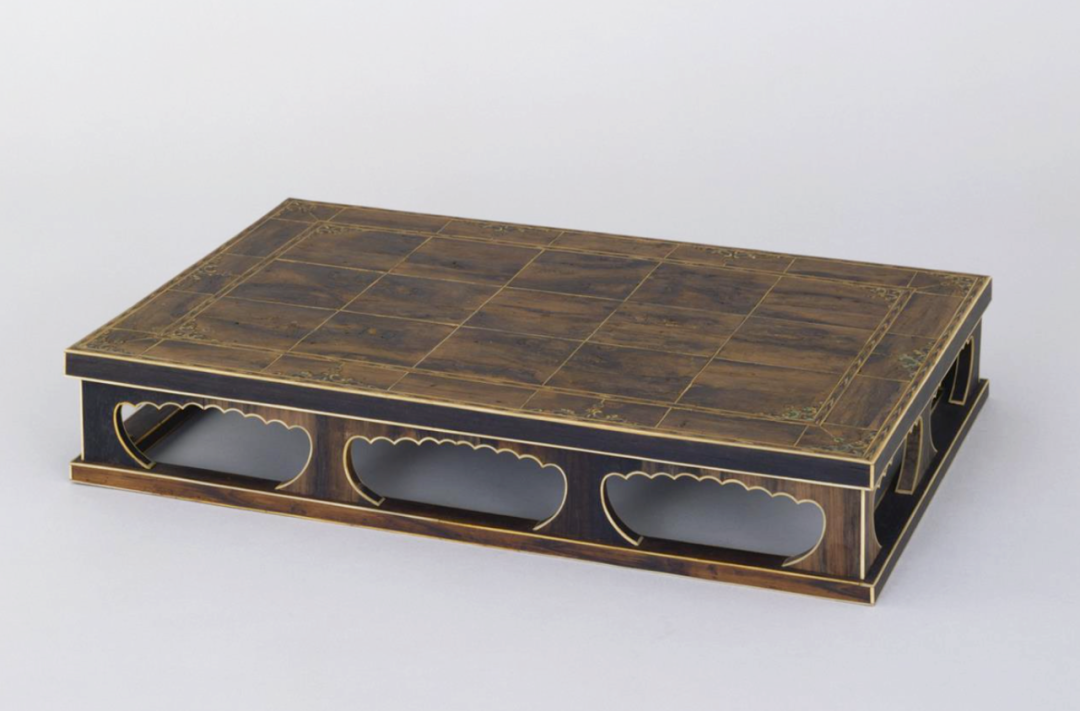
Zhongcang 172 Agarwood painting double six innings

Nancang 1 Noodle Soup
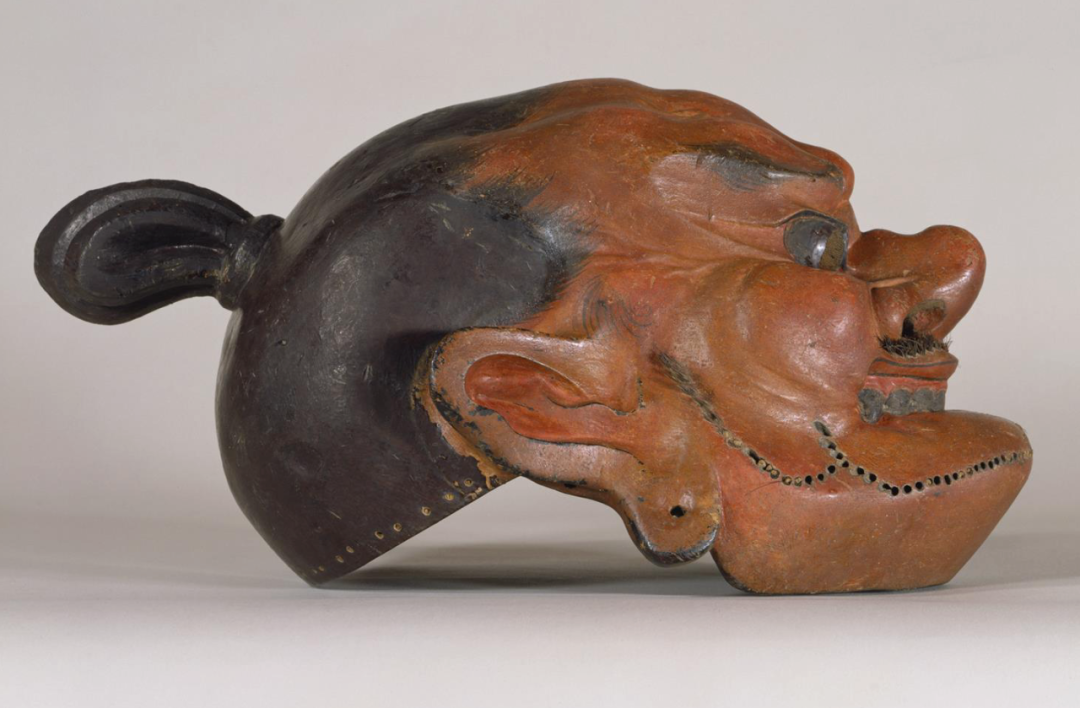
Kiki Noodles
During the Nara period, Buddhism played an important role, and at the same time, pujas were also actively practiced. Some of the masks used in Kabuki music on display are typical products at this time.
20 Nakagura-in Ancient Documents of Shoso-in, Volume 4, Volume 7
It is reported that the exhibition period will be from October 29 to November 14, 2022, and there will be no rest during the period. Among them, Friday, Saturday, Sunday and November 3rd will be open until 8pm.Attachment: "The 74th Zhengcangyuan Exhibition" Exhibit List
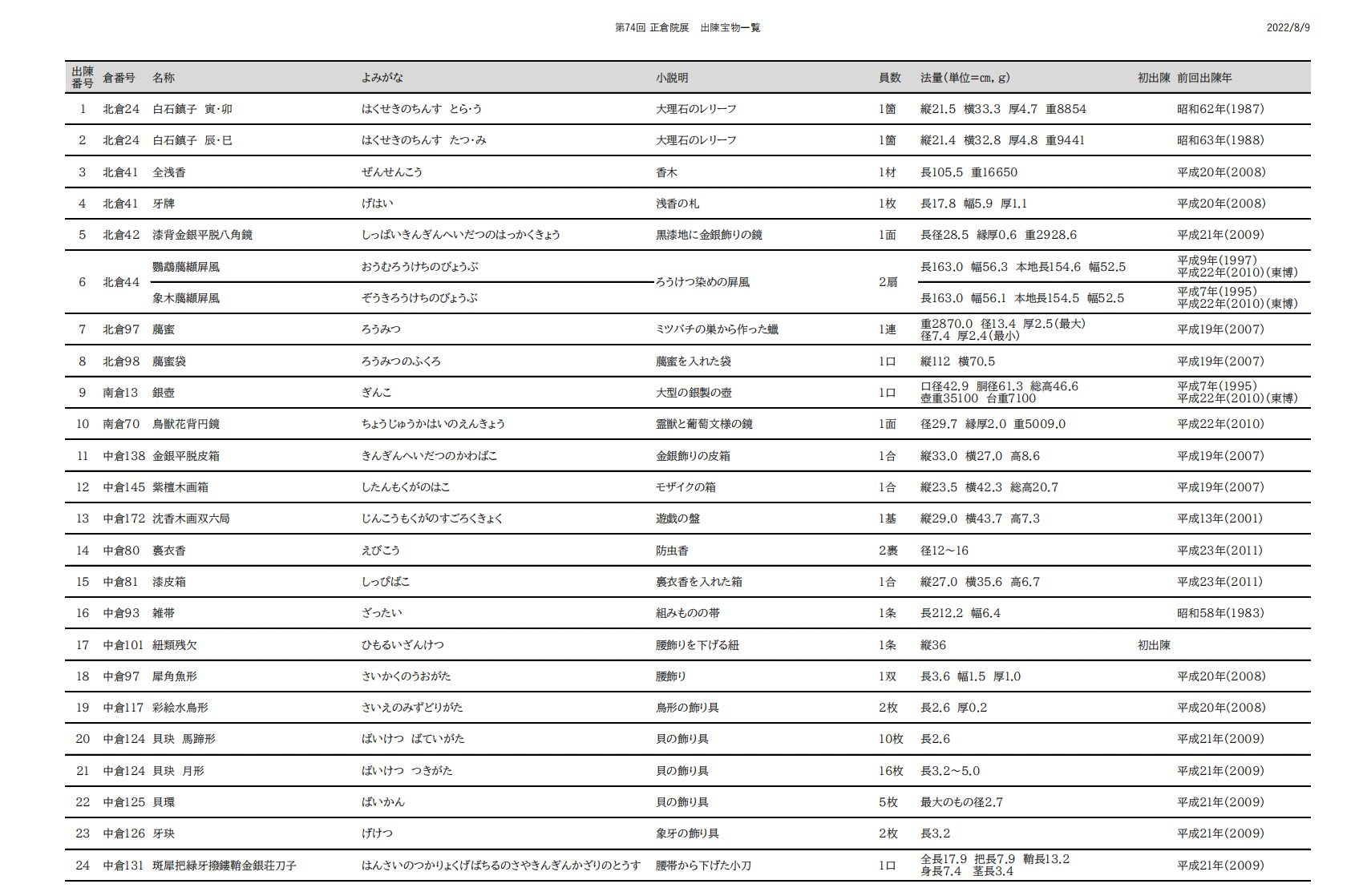

 (This article is comprehensively compiled from the official website of the Nara National Museum, the surging news materials and "Exhibition Play", etc. )
(This article is comprehensively compiled from the official website of the Nara National Museum, the surging news materials and "Exhibition Play", etc. )